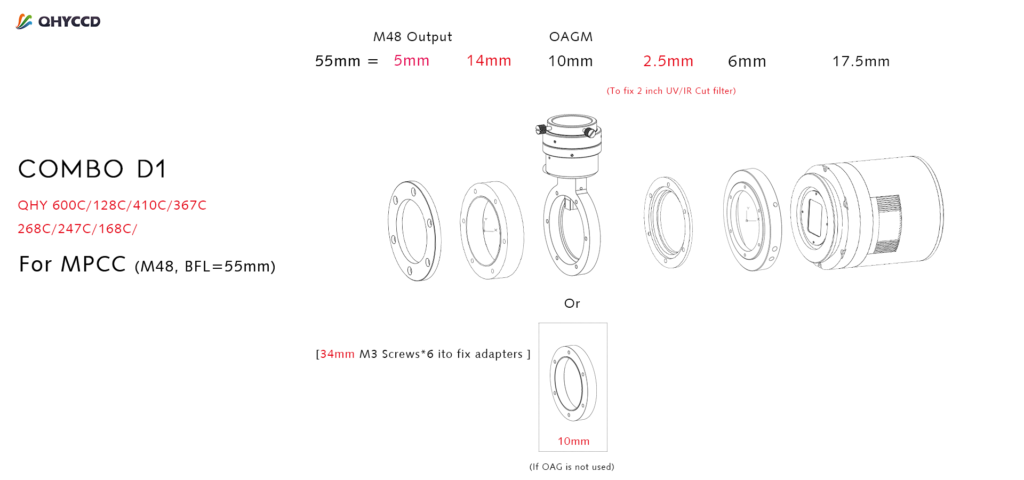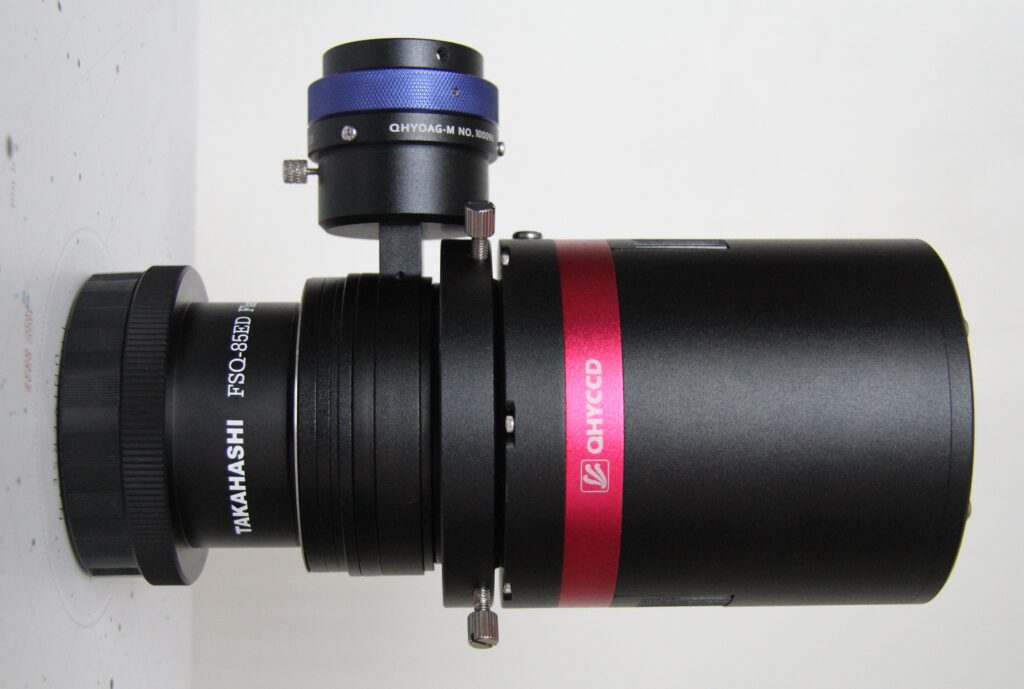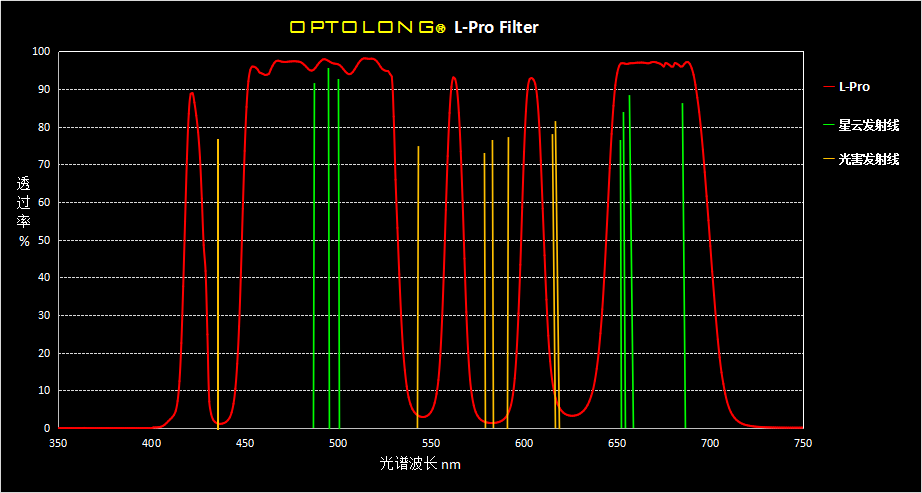DSW invited me over to the IMT3 observatory for an imaging weekend to image M101 and the recent supernova2023ixf discovery. DSW was using the 12inch RDK and I decided to put the FSQ85 on the Pegasus NYX-101 to test out the setup ready for our Tenerife trip to Mount Teide.
I ran the QHY268C at high gain mode, gain 56, offset 30 and -20℃. I finally managed to cure the noise banding I was experiencing on the QHY268C but using a fully shielded high quality USB3 short length cable that I run from direct to a Pegasus UPBv2 that sits on top of the scope.
Although it’s mid summer and the Moon was bright and approaching full the phase, the sky conditions on the first night appeared to be okay at first sight. Before processing I decided to check on data quality via the blink module in PixInsight it was obvious that they were a lot of unusable subs due to high cloud and using them would have ruined the quality of any resulting stacked image.
Running the data stack of raw images through the PixInsight Subframe Selector to analyse the PSF SNR versus noise it clearly shows that I could only use 7 frames (35 minutes) didn’t drop below 0.08 from night one whilst all the data from night two should go straight into the bin along with most of night one 🙁
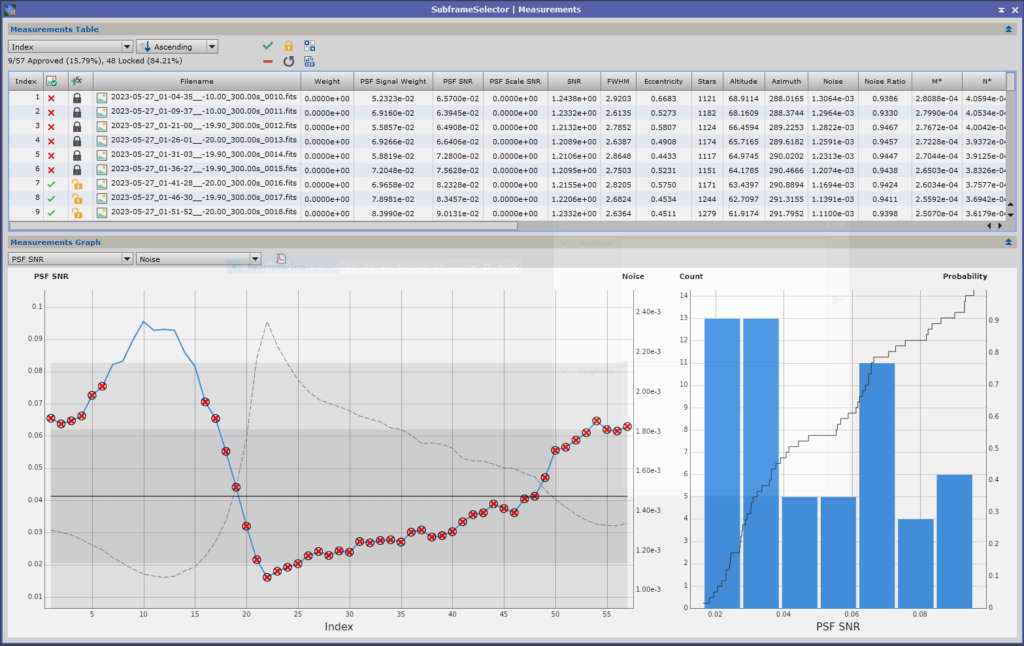
Given I don’t have enough data to do the end result justice due to my poor PixInsight skills I decided to invert the images – I really should subscribe to Adam Block Studios (Shout out !)
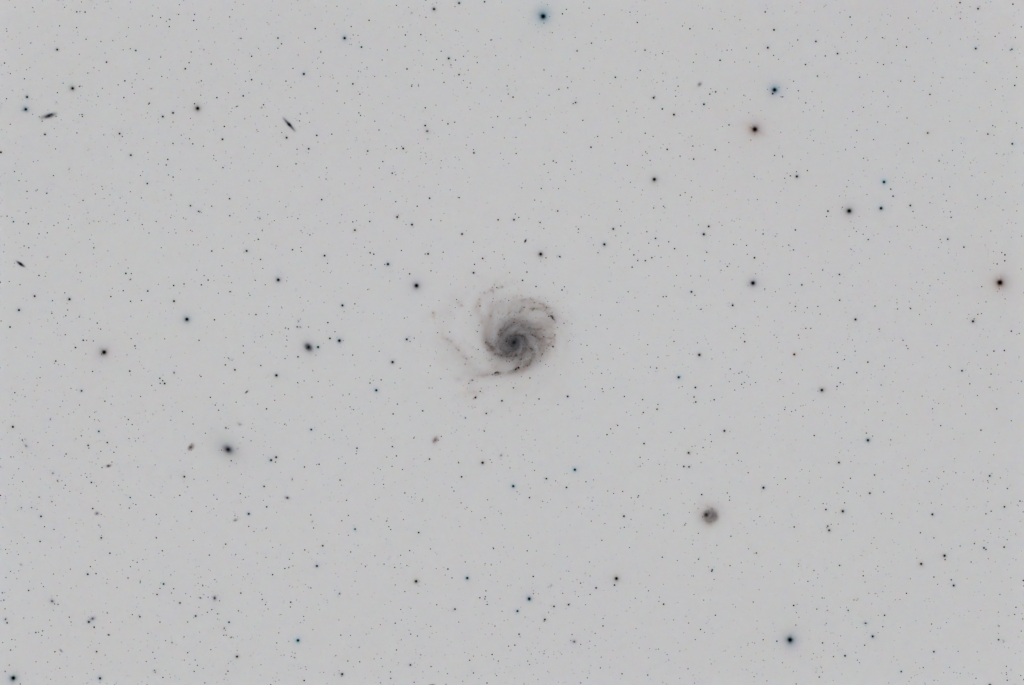
Running the AnnotateImage Script labels the various galaxies in the image which I enjoy looking up to see which type they are, magnitude and how far away they are.
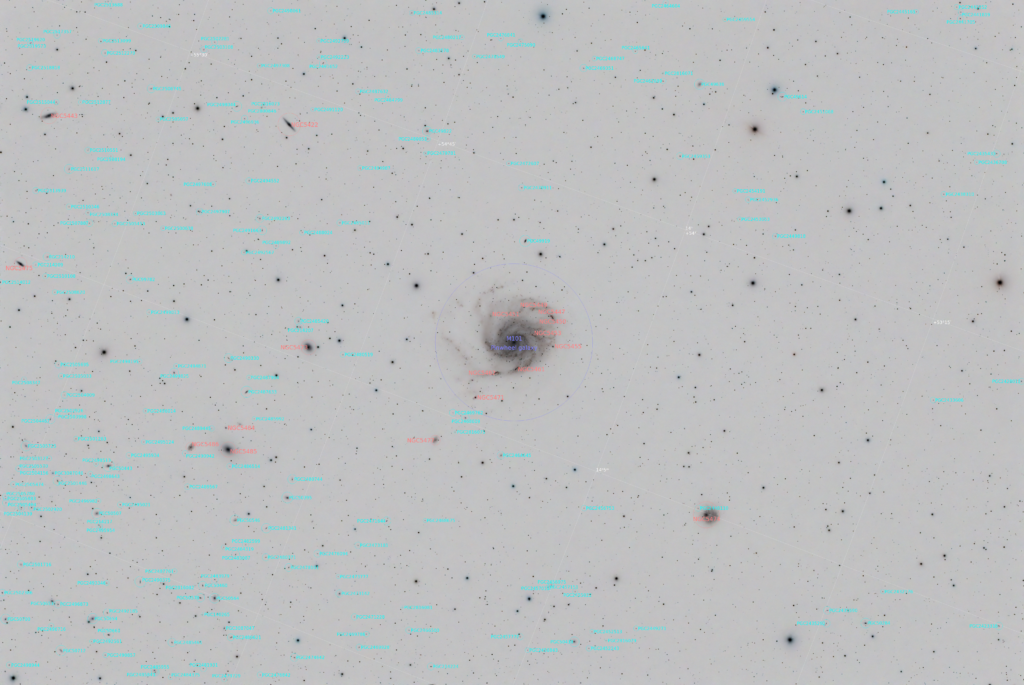
Zooming in to M101 to see the Supernova better, it is located to the right of NGC5461 and indicated by the two arrows.
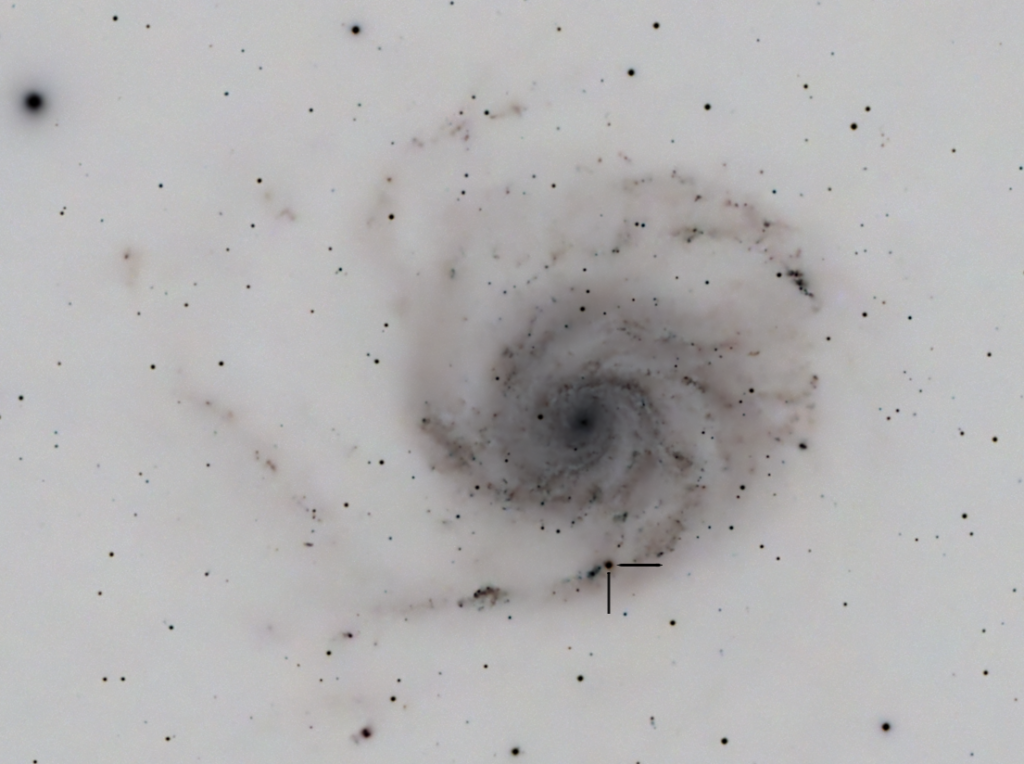
Light Curve
The AAVSO have a light curve plotted from measurements submitted by amateurs, just enter “SN 2023ixf” and submit here. It was still around 11th magnitude on 18th June but there does appear to be a slight decline in the brightness curve.

